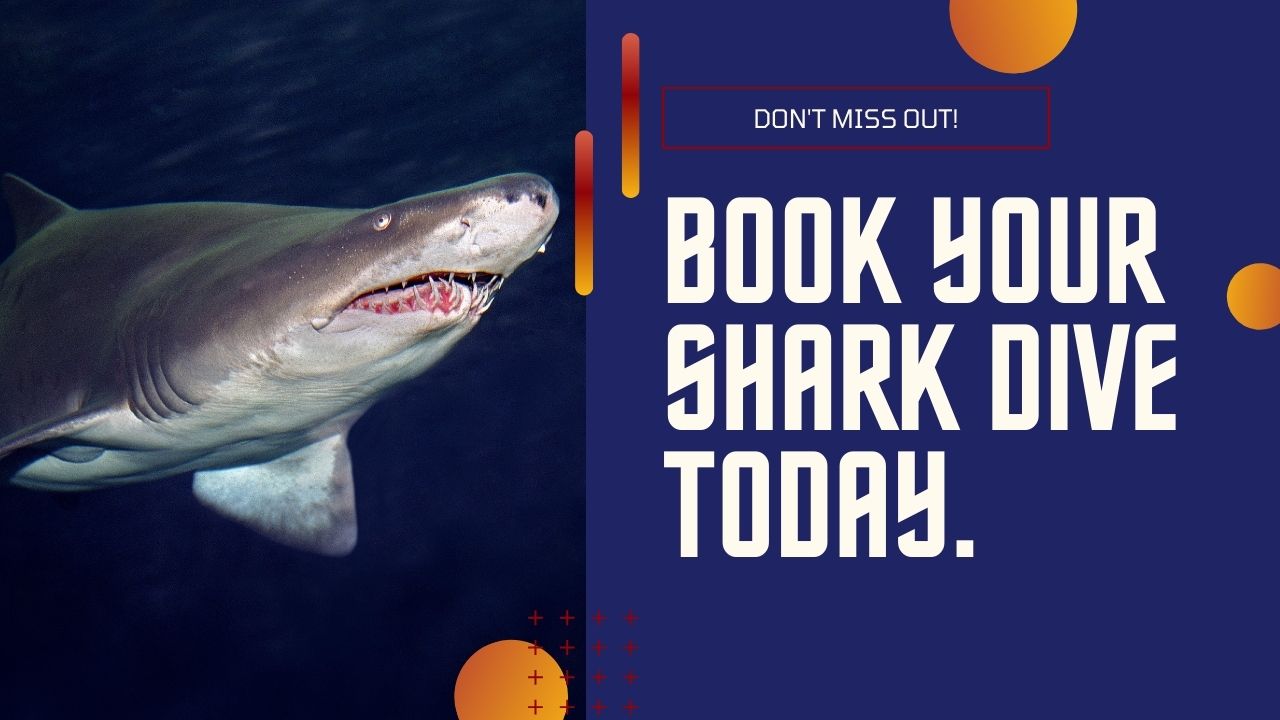You have 0 product(s) in your cart.
Abyss Scuba Diving
Uncovering The Mysteries Of Horned Sharks: The Port Jackson And Crested Hornshark
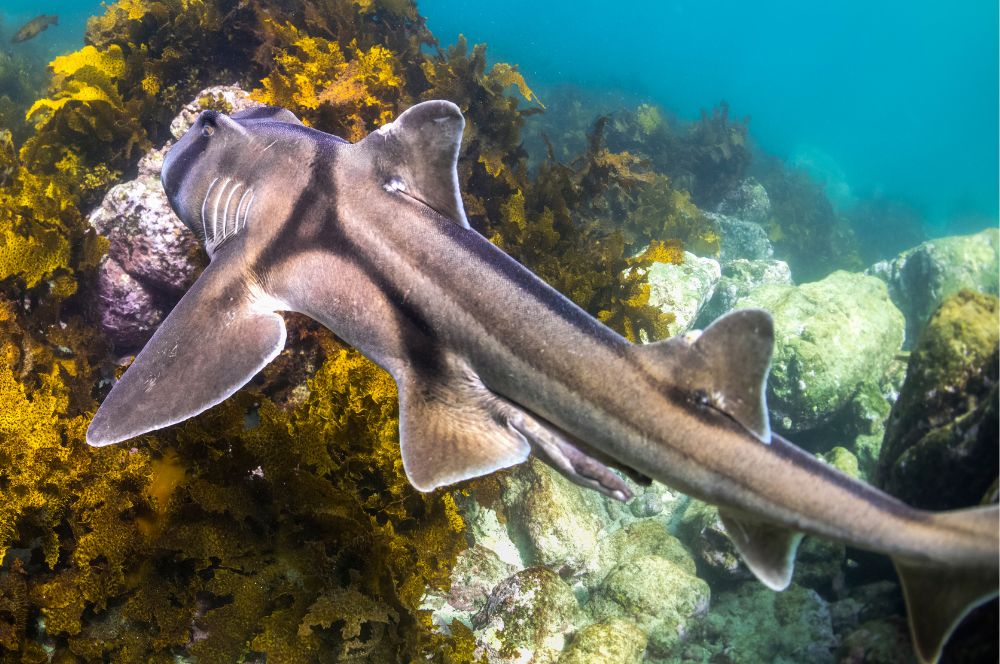
Uncovering the Mysteries of Horned Sharks: The Port Jackson and Crested Hornshark
If you're looking for a unique experience, take the plunge and explore Sydney's waters! Here, you'll find stunning marine life including two special species of horned shark - the Port Jackson Shark and the Crested Hornshark. From sponge gardens to sandy bottoms, these unusual creatures from the Heterodontidae family (better known as "bullhead sharks" or "hornsharks") can be found swimming about temperate coastlines nearby. Get ready for an extraordinary journey by meeting these captivating animals face-to-face!
If you're a diver in Sydney, then during mating season you'll have the opportunity to spot hundreds of Port Jackson Sharks! These medium-sized sharks can grow up to 1.6 meters long. On the other hand, if it's solitude that interests you, Crested Horn Sharks might be more your speed as they tend towards being solitary and are smaller than their Port Jackson counterparts - reaching lengths of only 1.2 meters at most!
Get to know the Port Jackson and Crested Hornshark – an exploration of their unique features.
The Port Jackson and Crested Hornshark are members of the family Heterodontidae, having a unique appearance and behavioural traits that set them apart from other sharks. The two species have a flattened heads with distinctive horn-like projections around the snout, giving them their name. They also share a small dorsal fin located further back on the body than other species, rows of white spots along their flanks and a unique tail fin that looks like an anchor.
Although the Port Jackson Shark and Crested Hornshark both belong to the same family, these two species have remarkably different physical characteristics. The eye-crossing harness patterns of the Port Jackson shark contrast with the dark blotches that cover the brownish body of its cousin, which is also characterized by prominent crests above its eyes and gill slits in front of its pectoral fins.
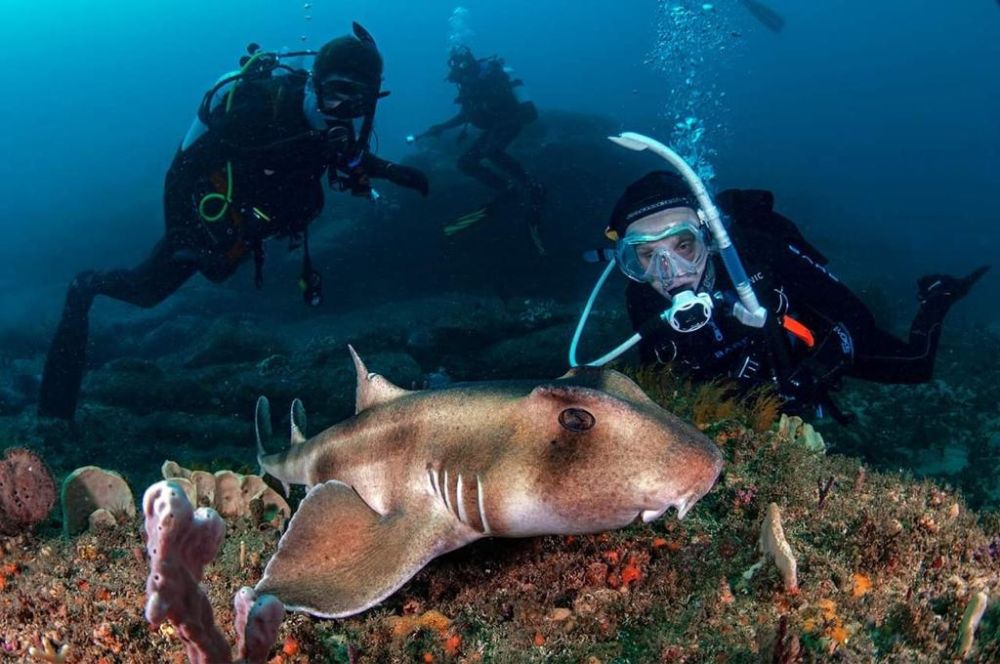
A Look into their Environment – What Feeds them and Where do They Live
The amazing wildlife of Sydney’s shores is teeming with life beyond the common vision the casual observer may perceive. Swimmers and divers alike have the opportunity to explore an eclectic mix of aquatic species including two uniquely horned sharks that inhabit these waters. Adapting to their unique underwater environment, these sharks thrive from a diet consisting mostly of cephalopods and bony fish. They also take advantage of food sources available in coral reefs, bays and estuaries along Australia’s coastline as well as in deeper waters further out to sea. Overall, these majestic creatures are sure to captivate the minds those lucky enough to spot them!
An Analysis of their Anatomy and Adaptations
Divers in Australia have the unique opportunity to explore and observe two incredible species of horned sharks- the leopard shark and the Port Jackson shark. Both species boast remarkable physical characteristics that allow them to thrive in their given environment, such as their large eyes for detecting prey and powerful tails to aid in fast swimming. However, their most significant adaptation is their scaleless bodies which reduce drag resistance in the water and make them all the more maneuverable. Their intricate anatomy is further enhanced by multiple rows of specialized spines and serrations on each fin, allowing them to spin rapidly while hunting unsuspecting prey. Truly a breathtaking sight- both species are true masters of marine adaptation.
While both the Port Jackson shark and the Crested horn shark belong to the same family, they have distinct differences in their colouration and patterns.
The Port Jackson shark has a light brown or greyish-brown body colouration with a yellowish-white underbelly. The shark has a series of dark brown, harness-shaped markings that run along the length of its body from its eyes to its first dorsal fin. Additionally, it has small, dark spots scattered over its body.
In contrast, the Crested horn shark has a brown or greyish-brown body with distinctive dark brown or black spots covering its entire body. These spots can be small and round or larger and more irregular in shape, giving the shark a polka-dotted appearance. The shark's dorsal fin is also located towards the back of its body and is divided into two parts, with the first dorsal fin being larger and more triangular than the second dorsal fin.
Overall, the Port Jackson shark's markings are more linear and uniform in shape, while the Crested horn shark's spots are more irregular and scattered. The Crested horn shark's spots are also much more prominent and cover a larger portion of its body than the Port Jackson shark's markings.

The Horned Shark Egg and How the Two Species Eggs are Different
Exhibiting oviparous tendencies, the crested horn shark and Port Jackson shark both lay 'mermaid purses' as their eggs. Yet, each species has its own unique egg case characteristics – for example, the former's capsules have curly tendrils that attach to aquatic plants and sponges whereas the latter lacks these tendrils but instead wedges them into cracks and crevices.
From late August to mid-November, female Port Jackson sharks lay a duo of eggs every 10-14 days. Incredible as it may sound, research reveals that these sharks can produce up to 16 eggs per season! Not only that but the embryos develop inside their egg capsules for an impressive 10-11 months before emerging ready and able to handle life on their own!
The Crested horn shark's breeding season is much shorter than the Port Jackson sharks, with females laying eggs from early spring through to late summer. Females can potentially lay up to 24 eggs each breeding season, yet typically only 8-10 will survive due to predation by other species. The embryo inside the egg capsule develops for five to six months, at which point it hatches from its egg and is ready to take on the world.
The Conservation Status of Horned Sharks Today
Horned sharks are among the many fascinating species that can be found in the waters off Sydney, Australia. Despite their uniqueness, horned sharks still face threats from over-fishing, pollution, and habitat destruction - all of which contribute to population decreases. Fortunately, conservation efforts have resulted in increased awareness and protection for these creatures over the past few years. As more stringent rules and laws are enforced to keep our oceans safe and healthy for all species, horned sharks can now look forward to a brighter future in Australian coastal waters. Although there is still much to do in terms of conservation, it is encouraging that horned shark populations are gradually increasing again.
How We Can Help Protect This Incredible Species
With the help of PADI's AWARE Shark Conservation Course, we can all work to conserve and protect these incredible species found off the coasts of Sydney, Australia. The PADI Foundation is leading the charge by teaching divers how to identify and track sharks, how to interact with them safely in their own environment, and how to share information about these majestic animals with fellow divers and organizations worldwide. Through PADI’s global network of dive centres, conservation projects can be rapidly implemented on a global scale helping preserve these amazing creatures for future generations of adventurers.
By signing up for the AWARE Shark Conservation Course, you are taking an important step to ensure the conservation of these incredible animals. With a better understanding of shark behaviour, we can all help reduce human-shark interactions. Together, we can work together to protect our oceans and ensure that sharks continue to play their vital role in the balance of marine ecosystems. Thank you for taking the time to learn more about these incredible creatures and your role in protecting them. Together, we can make a positive impact on our planet’s future!
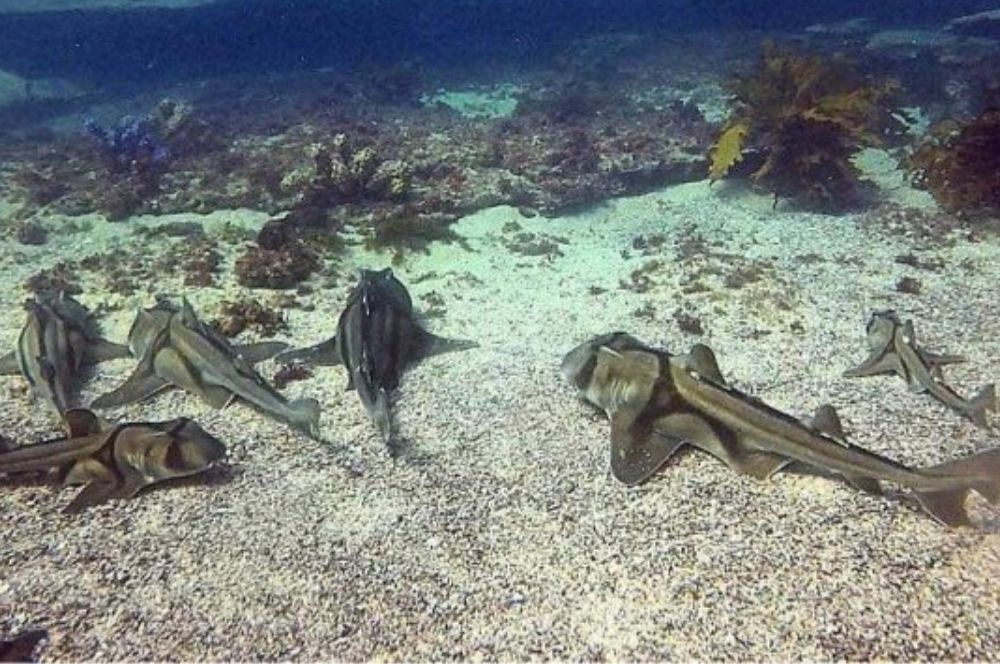
Sydney's horned sharks are truly remarkable creatures. With their distinctive looks and impressive adaptations, they are an example of the remarkable biodiversity in Australia’s oceans. Despite habitat destruction causing a significant decline in horned shark populations, conservation efforts have been helping to reverse this trend, meaning that these creatures will hopefully remain visible for years to come. By engaging with conservation initiatives such as marine protected areas, you can help protect this species and ensure its long-term survival. After all, it is thanks to their presence that we can enjoy the fascinating fish life under the surface of Sydney’s beautiful waters!
RELATED POSTS
-
Shark Diving Sydney | Abyss Scuba Diving
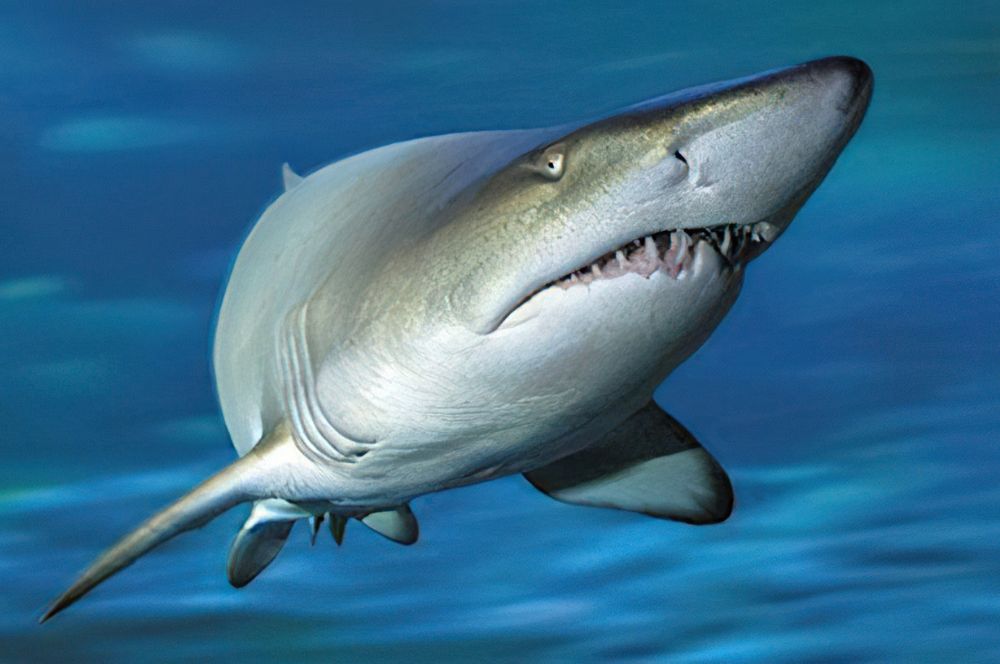
Shark Diving Sydney…
Shark Diving Sydney - An Exciting Adventure Sharks are amazing to observe in their natural habitat. Sharks […] -
What is Sydney's Most Common Shark?

What is Sydney's Most…
What is Sydney's Most Common Shark? The Port Jackson Shark is the common shark seen by divers in the waters […] -
Is it safe to shark dive?
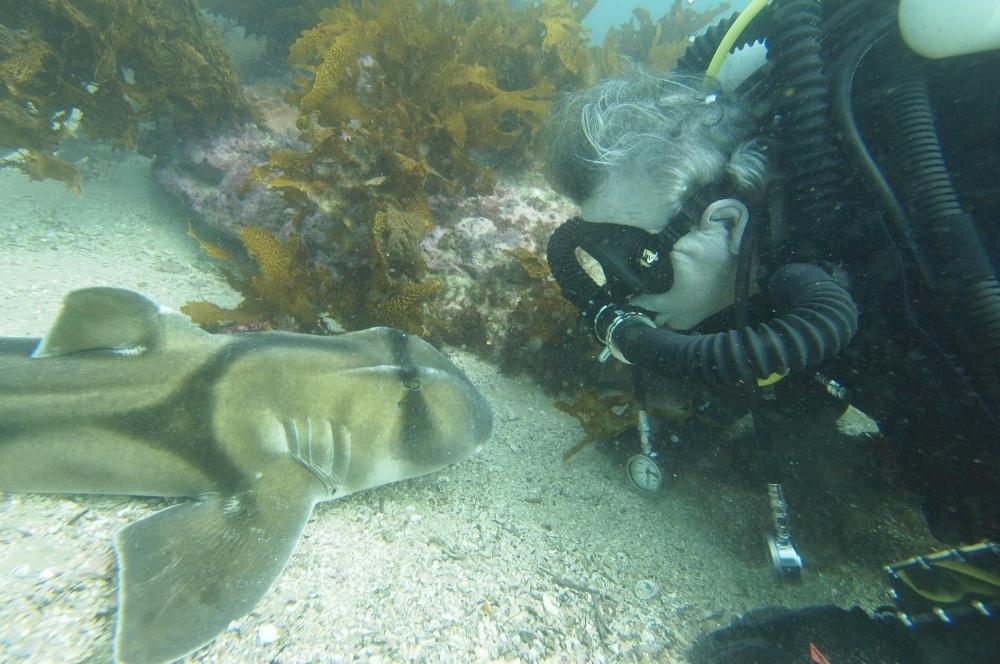
Is it safe to shark dive ...
Is it Safe to Scuba Dive with Sharks? Yes, sharks do attack divers, whether provoked or unprovoked. However, attacks are extremely rare […] -
Shark Shark Dive Xtreme Sydney …
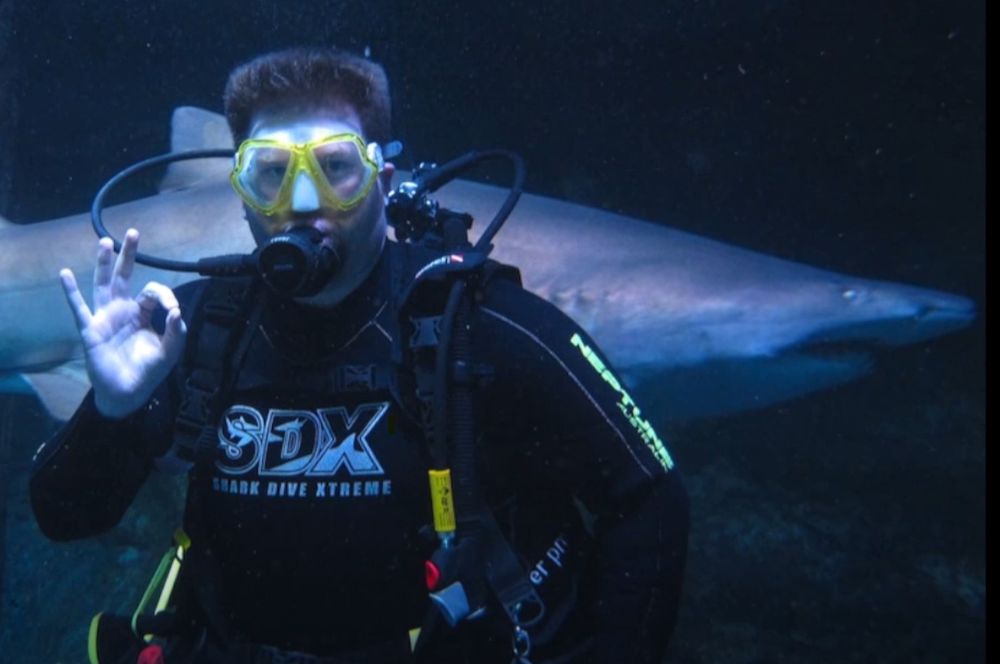
Shark Dive Xtreme Sydney…
Take the Plunge! Experience the Thrill of Shark Dive Xtreme at Sydney Sea Life Aquarium with Shark Dive Xtreme! Are you […]
Recent Posts
